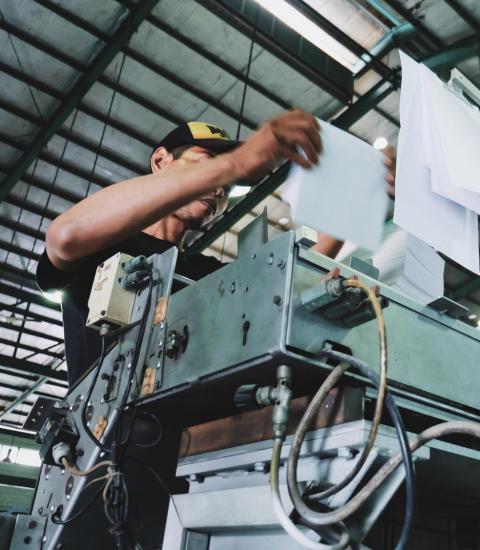
Volume 65, issue 1 - https://content.iospress.com/journals/work/65/1
In recognition of this achievement, we have taken a look back starting with the first issue to identify a landmark article each year that have helped shape the journal’s contribution to advancing the field. Some of these articles include: Pretest-posttest designs and measurement of change (Dimitrov & Rumrill), Validity of work-related assessments (Innes & Straker) and Return-to-work:The importance of human interactions and organizational structures (Friesen, Yassi & Cooper).
These are the keywords that were used in addition to citation counts to identify the preliminary list of articles:
Human(s), Male, Female, Adult, Middle Aged, Human Engineering, Occupational Health, Bioengineering, Questionnaire, Workplace, Employment, Young Adult, Ergonomics, Psychology, Occupational Diseases, Controlled Study, Vocational Rehabilitation, Adolescent, Physiology, Task Performance, Organization and Management, Musculoskeletal Disease, Aged, Occupational Therapy, Job Satisfaction, Mental Stress, Return to Work, Occupation, Low Back Pain, Health Promotion, Pain, and Anthropometry.
You can find all of these free-to-read articles on our website at http://workjournal.org/30-years-work as well as three blogs and many more resources. The blogs and bloggers are:
- Vision@WORK+play by Jennifer Long
- Bringing you App to Speed by Kaitlin Olivieri
- Mindfulness Meditation: Moments in Time by Valerie Rice
This issue of WORK contains 19 articles and five others in our monthly section on Ergonomics in a Global World which were presentations from the 2018 International Ergonomics Association (IEA) Congress. The issue contains a vast variety of topics such as: Musculoskeletal discomforts and backpack carriage among students in Nigeria, weight management program for first responders, stress at work in municipal police officers, the prevalence of metabolic syndrome among Iranian bakers, measuring psychosocial factors and predicting work ability among cemetery workers, burnout among nurses and correctional officers, the effects of age and violations on occupational accidents among motorcyclists performing food delivery, and the effects of smart phone use on lower limb joint angle and dynamic balance during gait.
I hope you are continuing to enjoy our webinar series, Learn at WORK. Here is the schedule for the upcoming 2020 Learn at WORK webinars: http://workjournal.org/upcoming-webinars.
I would like to personally thank the many professionals globally who have contributed their manuscripts to the journal, the prestigious editorial board that has helped guide its development, and the dedicated peer reviewers, who have given their time and expertise that contributed to the high quality of submissions. Finally, my gratitude is extended to the editor’s assistants over the three decades: Mandy, Vicki and Liz, along with IOS Press, the publisher of WORK for their continued kind support. A very special thanks to Marion.
All my best,
Karen
Founding Editor, WORK
